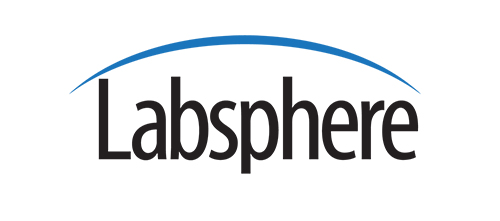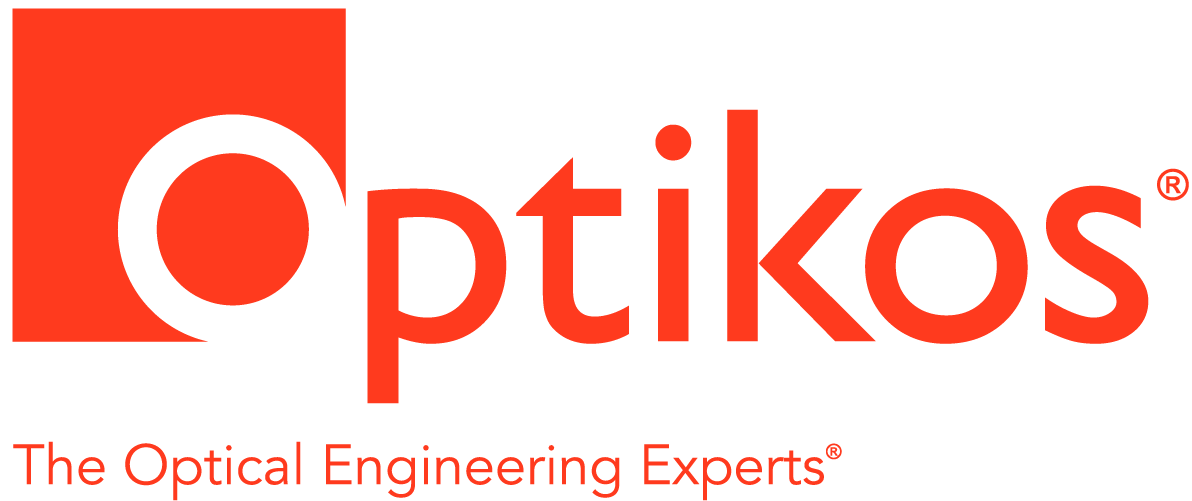Three Talks at the Media Lab
This meeting will be held at MIT Media Lab in Cambridge, MA.
The program includes the following speakers.
Joint Meeting with the Boston LEOS Chapter
Computational Photography: From Epsilon to Coded Photography
Normal 0 false false false MicrosoftInternetExplorer4 Computational Photography is an emerging multi-disciplinary field that is at the intersection of optics, signal processing, computer graphics+vision, electronics, art, and online sharing in social networks. The field is evolving through three phases. The first phase was about building a super-camera that has enhanced performance in terms of the traditional parameters, such as dynamic range, field of view or depth of field. I call this Epsilon Photography. Due to limited capabilities of a camera, the scene is sampled via multiple photos, each captured by epsilon variation of the camera parameters. It corresponds to the low-level vision: estimating pixels and pixel features. The second phase is building tools that go beyond capabilities of this super-camera. I call this Coded Photography. The goal here is to reversibly encode information about the scene in a single photograph (or a very few photographs) so that the corresponding decoding allows powerful decomposition of the image into light fields, motion deblurred images, global/direct illumination components or distinction between geometric versus material discontinuities. This corresponds to the mid-level vision: segmentation, organization, inferring shapes, materials and edges. The third phase will be about going beyond the radiometric quantities and challenging the notion that a camera should mimic a single-chambered human eye. Instead of recovering physical parameters, the goal will be to capture the visual essence of the scene and analyze the perceptually critical components. I call this Essence Photography and it may loosely resemble depiction of the world after high level vision processing. It will spawn new forms of visual artistic expression and communication.
In this talk, I will focus on Coded Photography. 'Less is more' in Coded Photography. By blocking light over time or space, we can preserve more details about the scene in the recorded single photograph.
- Coded Exposure : By blocking light in time, by fluttering the shutter open and closed in a carefully chosen binary sequence, we can preserve high spatial frequencies of fast moving objects to support high quality motion deblurring.
- Coded Aperture Optical Heterodyning : By blocking light near the sensor with a sinusoidal grating mask, we can record 4D light field on a 2D sensor. And by blocking light with a mask at the aperture, we can extend the depth of field and achieve full resolution digital refocussing.
- Coded Illumination : By observing blocked light at silhouettes, a multi-flash camera can locate depth discontinuities in challenging scenes without depth recovery.
- Coded Sensors : By sensing intensities with lateral inhibition, a ‘Gradient Camera’ can record large as well as subtle changes in intensity to recover a high-dynamic range image.
- Coded Spectrum : By blocking parts of a ‘rainbow’, we can create cameras with digitally programmable wavelength profile.
I will show several applications and describe emerging techniques to recover scene parameters from coded photographs.
Recent joint work with Jack Tumblin, Amit Agrawal, Ashok Veeraraghavan and Ankit Mohan
Ramesh Raskar
Normal 0 false false false MicrosoftInternetExplorer4
Ramesh Raskar joined the MIT Media Lab in spring 2008 as head of the Camera Culture research group. The group focuses on developing tools to help us better capture and share the visual experience. This research involves
developing novel cameras with unusual optical elements, programmable illumination, digital wavelength control, and femtosecond analysis of light transport, as well as tools to decompose pixels into perceptually meaningful components. Raskar's research also involves creating a universal platform for the sharing and consumption of visual media.
Raskar received his PhD from the University of North Carolina at Chapel Hill, where he introduced "Shader Lamps," a novel method for seamlessly merging synthetic elements into the real world using projector-camera based spatial augmented reality. In 2004, Raskar received the TR100 Award from Technology Review, which recognizes top young innovators under the age of 35, and in 2003, the Global Indus Technovator Award, instituted at MIT to recognize the top 20 Indian technology innovators worldwide. He holds 35 US patents and has received four Mitsubishi Electric Invention Awards. He is currently co-authoring a book on computational photography.
http://raskar.info
Optical Brain Control: Towards New Therapies for Brain Disorders
The brain is three-dimensional, densely-wired, and composed of heterogeneous primitives. Understanding how these elements work in real time to mediate behavior and computation, and how they are compromised in pathological states, is a top priority. We have recently revealed methods for real-time optical activation and
silencing of specific cell types, using naturally-occurring molecular sensitizers such as channelrhodopsin-2 and halorhodopsin. We also have created optical hardware and algorithms for systematically testing the contribution, at both the levels of necessity and sufficiency, of brain regions, cell types, and circuit connections to behavioral function. These technologies are designed to be scalable and systematic, and to confront the detailed three-dimensional nature of the brain. We discuss the application of these technologies to the analysis of neural dynamics.
Ed Boyden
Ed Boyden leads the Media Lab's Synthetic Neurobiology group, which is inventing and applying tools for the analysis and engineering of brain circuits, with the goal of developing new strategies for systematically repairing pathology, augmenting cognition, and revealing insights into the human condition. He is integrating nanotechnological, molecular, optical, and other technologies into interfaces for the precise control of neural circuit dynamics and function. Recently, he and his colleagues created a genetically targeted way to activate neurons with millisecond-timescale pulses of light, an innovation that has been widely adopted in neuroscience and neuroengineering, and resulted in his being named one of the "Top 35 Innovators Under the Age of 35" by Technology Review.
Boyden received his PhD in neurosciences from Stanford University as a Hertz Fellow, where he discovered that the molecular mechanisms used to store a memory are determined by the content to be learned. He received an MEng in electrical engineering, and BS degrees in physics and electrical engineering, all from MIT. These pursuits, as well as an independent career as an inventor, have earned him many invited talks, awards, papers, and pending patents.
Toward Consumer Holographic Video
The MIT Media Lab has a long history of research in the computation and display of holographic video, but in recent years the focus has turned toward making holo-video a consumer product. In my talk I review the background, present the engineering issues, and describe our approaches to making inexpensive high-bandwidth light modulators and to doing real-time holographic computation on off-the-shelf GPUs.
Michael Bove
V. Michael Bove, Jr. holds an S.B.E.E., an S.M. in Visual Studies, and a Ph.D. in Media Technology, all from the Massachusetts Institute of Technology, where he is currently head of the Object-Based Media Group at the Media Laboratory, co-directs the Center for Future Storytelling, and directs the consumer electronics program CELab. He is the author or co-author of over 60 journal or conference papers on digital television systems, video processing hardware/software design, multimedia, scene modeling, visual display technologies, and optics. He holds patents on inventions relating to video recording, hardcopy, interactive television, and medical imaging, and has been a member of several professional and government committees. He is co-author with the late Stephen A. Benton of the book Holographic Imaging (Wiley, 2008). He is on the Board of Editors of the Journal of the Society of Motion Picture and Television Engineers, and associate editor of Optical Engineering. He served as general chair of the 2006 IEEE Consumer Communications and Networking Conference (CCNC'06), and is a member of Board of Governors of the National Academy of Media Arts and Sciences. Bove is a fellow of the SPIE and of the Institute for Innovation, Creativity, and Capital. He was a founder of and technical advisor to WatchPoint Media, Inc. (now a part of Tandberg Television) and is technical advisor to One Laptop Per Child (creators of the XO laptop for children in developing countries).
Reservations:
DINNER reservations are required by noon, March 16, 2009, the Monday of the meeting. MEETING ONLY reservations are required by noon, March 19, 2009, the day of the meeting.
Please make reservations online. Reservations may also be left on the answering machine at 617.584.0266. We no longer have an email address for reservations due to SPAM. When making reservation requests, please provide the following information:
- DINNER AND MEETING or meeting only
- Name(s) and membership status
- Daytime phone number where you can be reached (in case of change or cancellation)
Location:
Wiesner Room (Rm 209)
MIT Media Laboratory
MIT Building E15 [map]
20 Ames Street
Cambridge, MA 02139-4307
Parking:
Visitors to MIT can park after 5:00 pm for free in several MIT parking lots, as well as on local streets. The Media Lab is located at 20 Ames St, Cambridge (MIT Building E15). The best parking lots for this location are the Hayward St. lot (just off Main St. in Kendall Square between Amherst and Main Sts.) or the Tang Center lot on Amherst St (near Wadsworth St and MIT Sloan School). The Media Lab is reached by walking west on Amherst and then turning right on Ames. Memorial Drive also has plenty of on-street spaces which open up after work hours. There are also parking garages for pay in Kendall Square. Further details on parking can be found at MIT Parking .
Networking—5:45 PM, Dinner—6:30, Meeting—7:30 PM.
Menu:
Dinner will include --- and coffee, tea, or milk.
Vegetarian option available on request
Dinner Prices:
| Members and their guests | $25.00 each |
| Students | $15.00 |
| Non-members | $30.00 (See NOTE Below) |
General Information on NES/OSA Meetings
Cancellations and No-shows:If the meeting must be canceled for any reason, we will try to call you at the phone number you leave with your reservation. Official notice of cancellation will be on our answering machine.
We have to pay for the dinners reserved as of the Tuesday before the meeting, so no-shows eat into our cash reserve. If you will not be able to attend, please let us know as early as possible. Otherwise, no-shows will be billed.
Membership Rates:
| Regular members | $15.00 |
| Student members | free |
NOTE: The extra $5.00 of the non-member dinner fee can be used toward membership dues if the nonmember joins and pays dues for the current year at the meeting.
Normal 0 false false false MicrosoftInternetExplorer4


